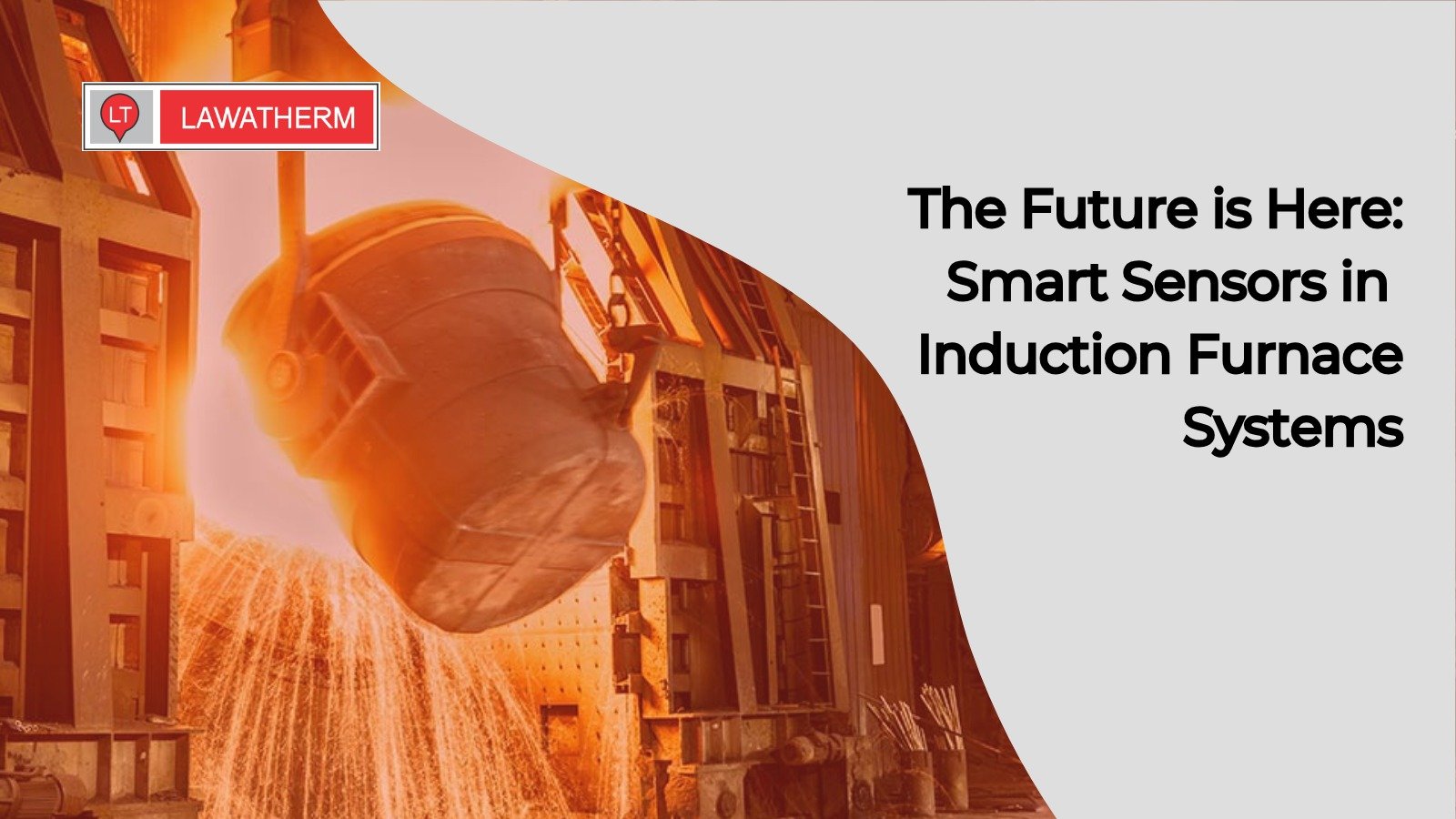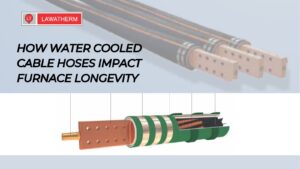Induction furnace monitoring is critical in steel production. It tells you what’s happening inside your furnace at any moment. Without accurate data, your entire operation slows down. Faults go unnoticed. Energy gets wasted. That’s where smart sensors come in. They’re not just tools—they’re part of the decision-making process.
At Lawatherm, we’ve seen how steel plants are changing. More companies are moving toward industrial automation. They want control, speed, and precision. And it starts with knowing the numbers.
Why monitoring matters
Every second counts in steel production. If temperature, pressure, or current flows out of range, the results can be costly. That’s why modern steel plants are relying on real-time visibility. You can’t manage what you can’t measure.
Old systems often required manual checks. Workers recorded values and made judgments on the floor. This method was slow and prone to human error. Smart sensors remove this guesswork. They measure everything—heat levels, arc voltage, pressure, and current—and they do it nonstop.
The rise of smart sensors
So, what makes a sensor “smart”?
Smart sensors collect, process, and transmit data. They’re not just measuring tools. They can communicate with your control system. Some even come with built-in diagnostics. This means they can tell you when something’s wrong before you see the results.
For example, a smart pressure gauge in your induction furnace monitoring setup does more than show a reading. It alerts your system if pressure levels rise too quickly. It sends that data to your control room or even to your phone.
Lawatherm works closely with manufacturers to supply these components where accuracy matters. We’ve seen real improvements in downtime, error detection, and energy use.
Real-time insights in steel plants
The biggest benefit of smart sensors is real-time data in steel plants. You don’t wait hours to know there’s a fault. You know right away. That helps in making faster decisions.
Let’s say the coil temperature is rising too fast. A smart sensor flags it instantly. Your team can reduce power or stop the cycle before anything gets damaged. That’s how production stays on track.
This is especially useful in complex setups where multiple systems interact. When all your sensors talk to each other, you get a complete picture.
Remote monitoring: control from anywhere
What if you could check your furnace from outside the plant? With remote monitoring, that’s possible. Smart sensors make it easy to track every metric from a distance.
This means fewer people need to be on-site. It also helps supervisors keep track of multiple furnaces at once. With alerts and live dashboards, they can intervene only when necessary.
Lawatherm supports steel producers in setting up these remote monitoring systems. We understand that timely information leads to better decisions and safer operations.
Better maintenance planning
Smart sensors help you plan ahead. Instead of fixing things after they break, you can maintain equipment before problems start.
For example, if a pressure gauge starts giving irregular readings, your system logs the trend. The sensor might not fail today, but you know it could soon. That gives your team time to schedule a replacement.
This approach saves time, reduces shutdowns, and improves productivity. It also extends the life of your induction furnace components.
Case example: one plant’s shift to smart monitoring
One of our clients, a medium-sized steel plant, was facing repeated downtime due to overheating. Manual checks were too late to prevent failures.
After installing smart pressure gauges, temperature probes, and current sensors, they gained full control. The data revealed that a cooling system was inconsistent during peak load hours. They fixed the issue, and failures dropped by 70% in three months.
This wasn’t a complex fix. They simply needed to see the problem in time. That’s the edge smart sensors provide.
Making the switch
Switching to smart sensors doesn’t mean overhauling everything. Start small. Begin with critical points—where failures hurt you most. Focus on:
- Temperature sensors near induction coils
- Smart pressure gauges in cooling circuits
- Power flow meters across input lines
- Data loggers that sync with your control system
Choose sensors that fit your furnace model. Make sure they’re easy to connect with your control panel or SCADA system. At Lawatherm, we help clients select the right tools and ensure everything works together.
A step toward smarter steelmaking
Induction furnace monitoring has moved beyond manual dials and reactive checks. Today, you have access to accurate, fast, and connected systems. And it starts with smart sensors.
You gain more than just readings. You get a window into your process. With real-time data in steel plants, you react quicker. With remote monitoring, you act from anywhere. And with better planning, you reduce costs and downtime.
Lawatherm is committed to helping you adopt these tools. Whether you’re upgrading an old furnace or building a new line, we provide the components and guidance that support your goals. The future of steelmaking is smarter—and it starts with knowing what’s happening inside your furnace every second.




